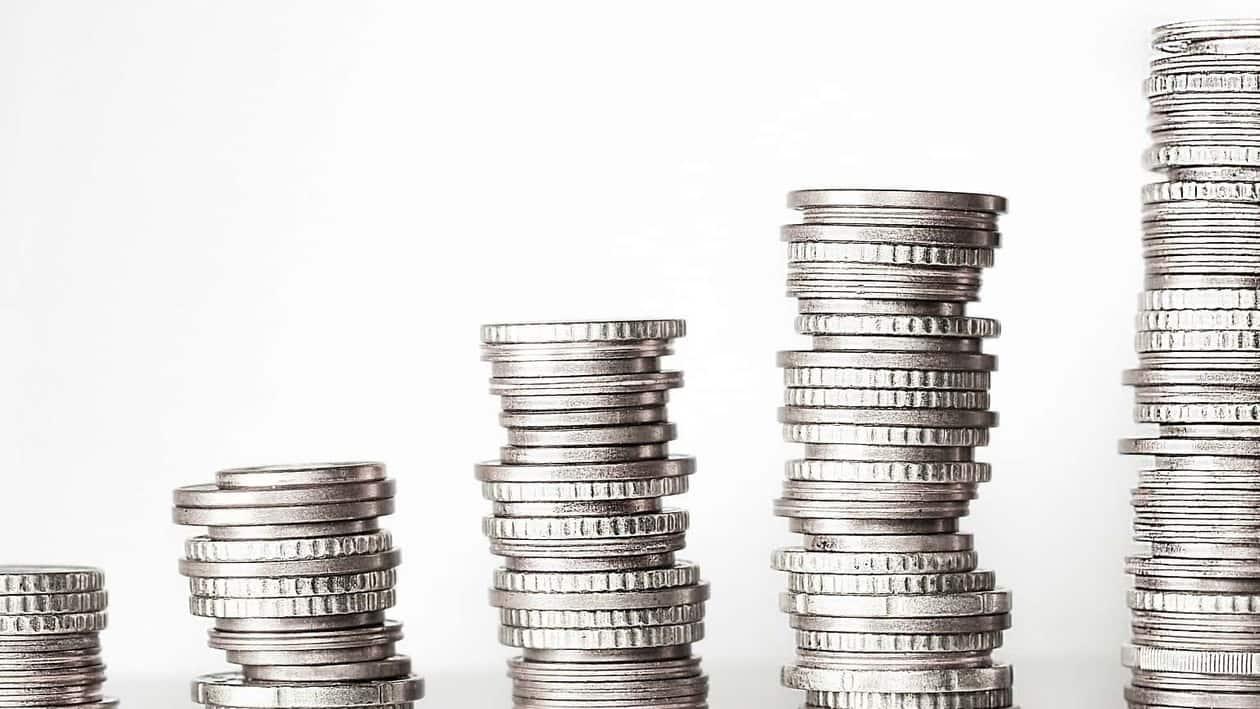(Bloomberg Opinion) - An inverted yield curve — when longer-term interest rates like the 10-year yield are lower than short-term interest rates like the 2-year yield — has historically been one of the most reliable indicators of a future recession. The theory is that an inverted yield curve shows that investors expect the Federal Reserve to cut interest rates in the future. And the usual reason the Fed cuts rates is because the economy is in recession. Indeed, there are many examples of inverted yield curves leading to recessions.
Right now, investors are getting worried because the yield curve has gotten very inverted — more inverted than it was in the lead-up to either the 2001 or 2008 recessions. The twist is that if you believe in the possibility of an economic soft landing, an inverted yield curve is also exactly what you want to see. And the market response to softening inflation data over the past two weeks seems to show this to be the case. So as someone who still thinks more than most that we have a better chance of achieving a soft landing, I'm on alert about the inverted yield curve, but not overly troubled by it at a time when the economic data is improving.
What the recession worriersand soft-landing believers agree on is that the yield curve is signaling that the Fed will cut interest rates in the future. The disagreement — which is ultimately the whole ballgame — is about why. The rate cuts being priced are not all that far off. At the moment, the Treasury curve is priced for the Fed's interest rate peaking around 5% in the middle of 2023 with cuts beginning by the end of next year and the rate falling by an additional 1% in 2024.
In the Fed's most recent Summary of Economic Projections released at their September meeting, they also projected rate cuts in 2024, consistent with their view that they will get inflation under control, and that over the longer run the interest-rate level that's neither accommodative or restrictive to economic growth is 2.5%. So it's pretty sensible for investors to price rate cuts in the future if the Fed is projecting them, in addition to the recession concerns that people have at the moment.
The big way that this cycle is different from the last two prolonged recessions is that the Fed is responding to elevated inflation rather than proactively raising interest rates to prevent inflation. When the yield curve was inverted in 2000, the stock market had boomed but theFed's preferred measure of inflationhad only risen by 1.9% over the prior year. The Fed was arguably responding to stock market speculation more than an overheated economy as measured by core inflation.
And during the next yield curve inversion in 2006, that measure of inflation had risen by 2.5% over the prior year — somewhat above the Fed's current 2% inflation target — but we were in the early phase of a historically bad housing and credit market bust. In both cycles it took more than a year from the time the yield curve inverted for the recession to begin, so this is a topic we'll be debating well into 2023.
Today, core inflation is at its highest levels in decades, requiring the Fed to aggressively raise interest rates. But therealso is still the hope that much of the inflation was caused by pandemic distortions in the economy that are in the process of abating, or that can be reined in by the Fed without leading to a significant rise in unemployment.
October's soft Consumer Price Index inflation report provided a data point in favor of this argument, which is why markets responded so positively. On Nov. 10, 2-year Treasury yields fell by 0.25% as investors priced in a less aggressive policy path by the Fed, and 10-year yields fell even more, by 0.28%, as investors priced in both a less aggressive policy path and the possibility of rate cuts happening sooner. Importantly, housing-related stocks like the iShares US Home Construction ETF soared 11% that day. It's just one month's data, but that was the market warming to a soft-landing scenario.
On Thursday,Fed Governor Christopher Waller acknowledgedthat the CPI report was unambiguously good news, saying it involved 'both a deceleration in services prices and the first decline in core goods prices since March.' Recession worrierspointing to the inverted yield curve have several decades of recent history in their favor. But nothing about this economic cycle has been typical. The kind of benign deceleration in inflation that's consistent with a soft landing could be supported by the same indicator.
